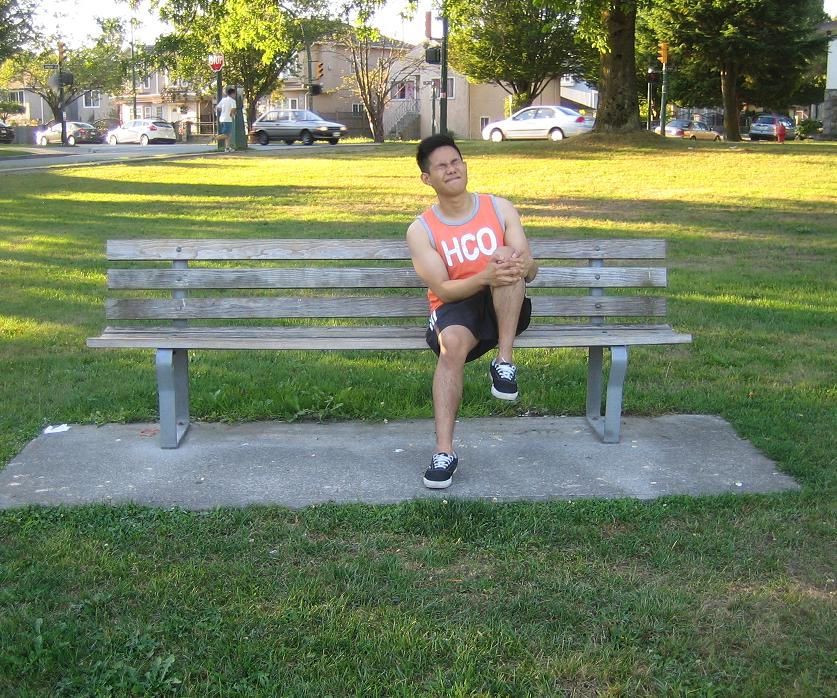An unstable kneecap occurs if it moves out of its groove which results to pain and other issues. If the patella remains in its groove in the knee, it allows one to run, walk, sit, stand and move without any difficulty.
What are the possible causes?
The kneecap is responsible for connecting the muscles in the front part of the thigh to the shinbone. If the leg is bent or straightened, the kneecap is pulled up or down. The thighbone or femur has a V-shaped notch at one endpoint to provide enough room for the mobile kneecap.
In a normal knee, the kneecap properly fits in the groove. If the groove is irregular or too low, the knee might slide off which results to an incomplete or full dislocation. Sustaining a direct strike to the kneecap such as during a fall can cause the patella to move out of place which results to an unstable kneecap.
Indications of an unstable kneecap

- Stiffness
- Knee buckles and could not support the weight of the body
- Knee catches during movement
- Patella slips off to the side
- Swelling
- Pain while sitting
- Cracking or creaking sounds during movement
How is it diagnosed
During a physical exam, the doctor will instruct the individual to walk or straighten and bend the knee. The doctor will carefully palpate the area surrounding the patella and take measurements to check if the bones are out of alignment or if the thigh muscles are weakened.
An X-ray is also requested to check how the kneecap sets in its groove. The doctor might want to rule out other possible causes for the pain such as a tear in the knee ligament or cartilage.
Management
In case the kneecap is fully dislocated from its groove, the initial step is to restore the kneecap in its proper place or reduction. Oftentimes, reduction occurs spontaneously. In some instances, the doctor will apply minimal force to drive the kneecap back in place.
Dislocation often impairs the underside of the kneecap and endpoint of the thighbone which results to further pain and arthritis. In most instances, arthroscopic surgery is used to correct this condition.
In case the kneecap is partly dislocated, the doctor might recommend conventional measures such as braces and exercises. The exercises can strengthen the thigh muscles to keep the patella aligned. In chronic cases where the unstable kneecap continues, it is often fixed with surgery.

